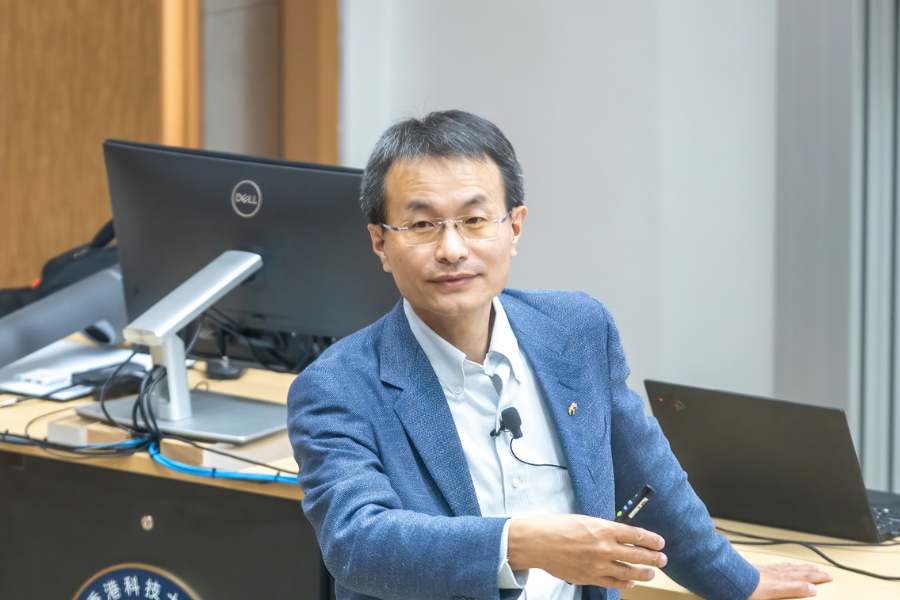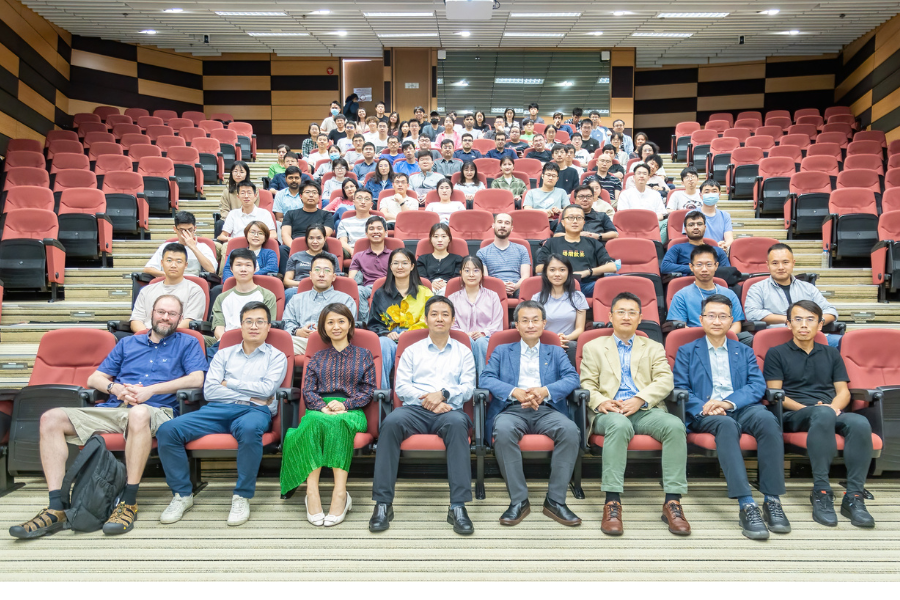Liquid Sunlight®, Made from CO2
Abstract
Liquid sunlight can be considered as a new form of chemical energy converted and stored in chemical bonds from solar energy. Efficient capture and storage of solar energy can provide unlimited renewable power sources and drive the capture and conversion of greenhouse gases such as CO2 into valuable chemicals. Solar-to-chemical production using a fully integrated system is an attractive goal, but to-date there has yet to be a system that can demonstrate the required efficiency, durability, or be manufactured at a reasonable cost. One can learn a great deal from the natural photosynthesis where the conversion of carbon dioxide and water to carbohydrates is routinely carried out at a highly coordinated system level. There are several key features worth mentioning in these systems: spatial and directional arrangement of the light-harvesting components, charge separation and transport, as well as the desired chemical conversion at catalytic sites in compartmentalized spaces. In order to design an efficient artificial photosynthetic materials system, at the level of the individual components: better catalysts need to be developed, new light-absorbing semiconductor materials will need to be discovered, architectures will need to be designed for effective capture and conversion of sunlight, and more importantly, processes need to be developed for the efficient coupling and integration of the components into a complete artificial photosynthetic system. In this lecture, the speaker will introduce the original nanowire-based photochemical diode system design, and discuss the challenges associated with fixing CO2 through traditional chemical catalytic means, contrasted with the advantages and strategies that biology employs through enzymatic catalysts to produce more complex molecules at higher selectivity and efficiency. Introducing microorganisms as whole-cell catalysts into the overall photochemical diode system led to the generation of powerful photosynthetic biohybrids capable of converting sunlight, H2O and CO2 into food, fuels, pharmaceuticals, and materials.
About the Speaker
Prof. YANG Peidong is a Chemistry Professor, S.K. and Angela Chan Distinguished Chair Professor in Energy at the University of California, Berkeley. He is a senior faculty scientist at Materials and Chemical Sciences Division, Lawrence Berkeley National Laboratory, and a member of both the US National Academy of Sciences and the American Academy of Arts and Sciences.
Prof. Yang is known particularly for his work on semiconductor nanowires and their photonic and energy applications including artificial photosynthesis. He is the Director for California Research Alliance by BASF and the Kavli Energy Nanoscience Institute at Berkeley. He is an Executive Editor for Journal of the American Chemical Society.
Prof. Yang received his B.A. in Chemistry from the University of Science and Technology in China in 1993, then received his Ph.D. in Chemistry from Harvard University in 1997, and did his postdoctoral fellowship at the University of California, Santa Barbara. Soon after, he joined the faculty at the University of California, Berkeley. Prof. Yang is the recipient of Global Energy Prize, MacArthur Fellowship, E. O. Lawrence Award, Alan T. Waterman Award, ACS Nanoscience Award, MRS Medal, ACS Baekeland Medal, Julius Springer Prize for Applied Physics, Alfred P. Sloan research fellowship, the Arnold and Mabel Beckman Young Investigator Award, National Science Foundation Young Investigator Award, MRS Young Investigator Award, ACS Pure Chemistry Award. He is the 2014 Thomas Reuters Citation Laureate for Physics.
For Attendees' Attention
Seating is on a first come, first served basis.










